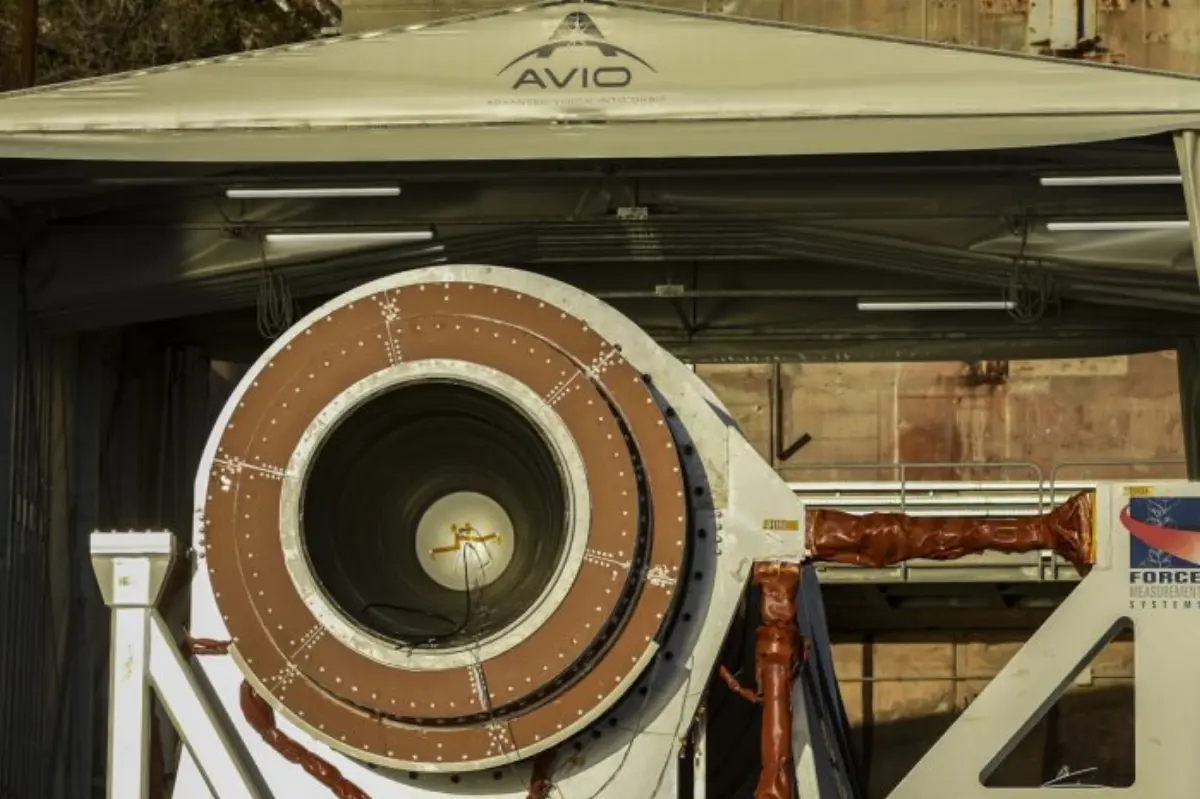
Do you want to access to this and other private contents?
Log in if you are a subscriber or click here to request service
Vega preparing to fly on October 6th
Inquiry on motor test anomaly completed

The Independent Enquiry Commission established by ESA (European Space Agency) to review the anomaly occurred during a test of Vega-C’s Zefiro 40 motor in June, has recently completed its works. The Commission concluded that in the current design of the nozzle, the combination of the geometry of the throat insert and the different thermo-mechanical properties of the new Carbon-Carbon material used f...
red/f - 1254051
AVIONEWS - World Aeronautical Press Agency
AVIONEWS - World Aeronautical Press Agency